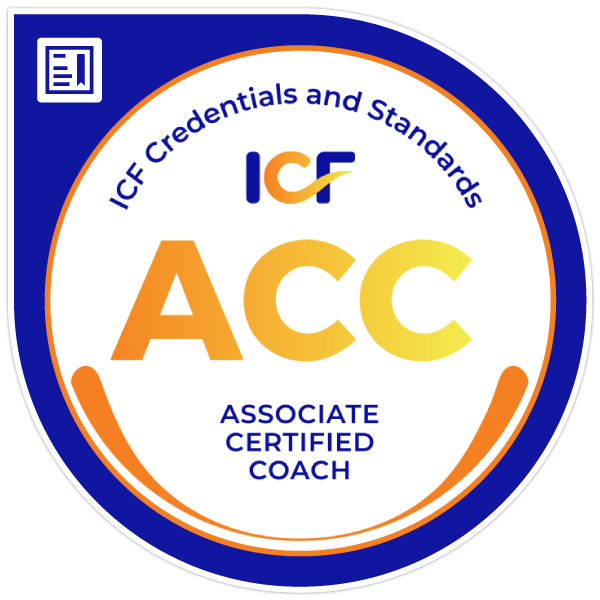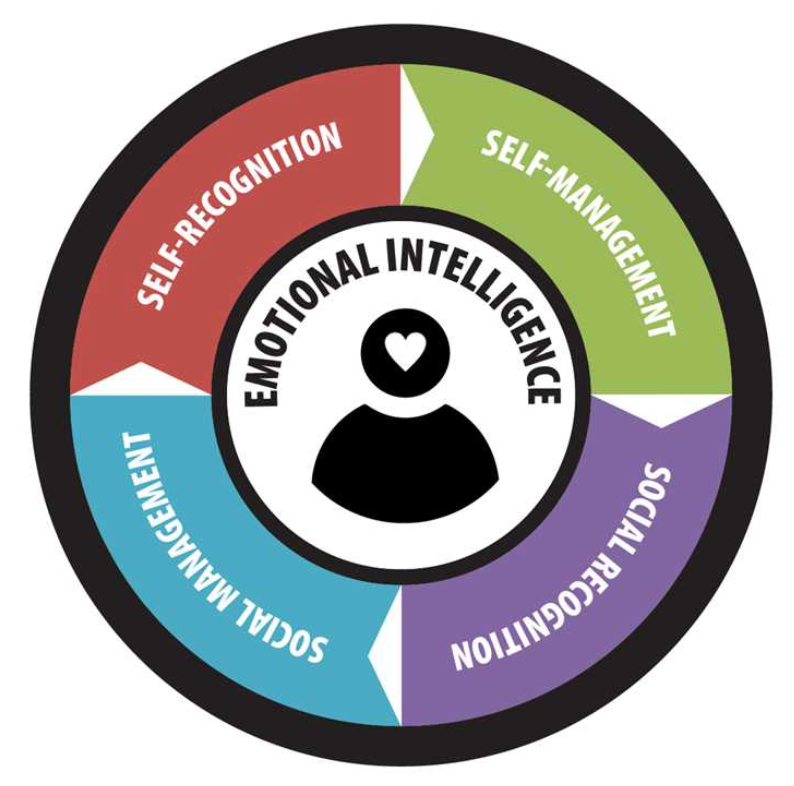Practice Makes Permanent: Why Character Isn’t Taught—It’s Trained
Imagine being told that character isn’t something you’re taught once—like a formula in a textbook—but something you embody through consistent, deliberate action. In today’s fast-moving world, where soft skills and values are more critical than ever, our attention should turn toward what really shapes who we are—and who we can become. It’s not theories or lectures that build character—it’s the daily, deliberate repetitions that do.
1. The Fallacy of “Teaching” Character
As leaders, we need to challenge the conventional notion that character is delivered through instruction alone. Character is shaped in the doing—the habits and practices we repeat when no one is looking. Real growth happens in the mundane, the moment-to-moment grind of getting things right—even when it’s hard or seemingly insignificant.
2. Practice → Permanent: The Power of Repetition
“Practice makes permanent” reframes the old adage “practice makes perfect.” What we repeat becomes our default. Every handshake, every deadline met, every act of integrity reinforces who we are becoming—not in an instant, but over time.
This aligns with current neuroscience about neuroplasticity—our brains literally wire themselves to repeat the patterns we practice habitually. This insight underscores that our ethical wiring is no different.
3. Shifting Mindsets: From Knowledge to Habits
What if character development programs focused less on imparting wisdom and more on cultivating habits—rituals of honesty, respect, and resilience? We should shift from teaching principles alone to engineering micro-practices—tiny, consistent actions that eventually become part of our identity.
For leaders and organizations, that’s gold. We should work to integrate values into our daily routines. Think pre-meeting rituals, feedback loops that reinforce trust, or recognition rituals that reward quiet integrity.
4. The Role of Accountability and Consistency
Training for character isn’t a one-off—it’s a continual process. As leaders, we should emphasize the importance of structures: peers, mentors, trackers, and accountability systems that help sustain daily practice, especially when motivation dips.
5. Application: How to Train (Not Teach) Character
- Identify the micro-habits you want to instill—whether it’s speaking up with empathy, doing what you said you’d do, or pausing before reacting.
- Design rituals or prompts—lane-change reminders in Slack, morning reflection questions, or quick check-ins with peers.
- Track and reflect, not for criticism, but to reinforce self-awareness and celebrate consistency.
- Anchor practices to existing routines—like a moment of pause before dinner to intentionally reflect on how you showed up that day.
Conclusion
We must reframe character development as active training, not passive instruction. It calls us to examine our daily actions, our routines, and the invisible patterns that define us. It’s a powerful reminder: if you want to lead with integrity, compassion, and resilience, start by practicing those traits—relentlessly and deliberately.
Next Steps
Do you or your organization need help with this? At Vanguard XXI, our “training” is more about practice than talk. Using intentional activities and experiential adult learning methods, we help individuals and organizations move beyond the information dump to practicing the habits of character we wish to model. Check out how we can help at vanguardxxi.com/services.
















